
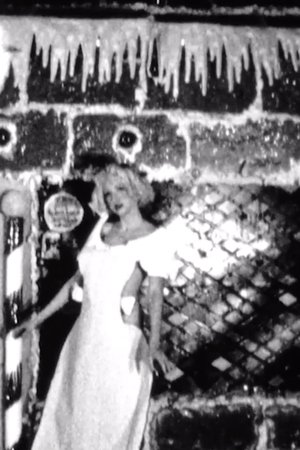
Spring and Winter(1996)
Feinstein's "Spring and Winter" explores themes present throughout her oeuvre. The narrative is derived from Giambattista Basile's "Sun, Moon, and Talia" (1634), which is considered the original version of the "Sleeping Beauty" story. Fairy tales, kitsch, and the intricacies of femininity commingle as Feinstein performs as a paper doll, maiden, and crone. The spaces between the dichotomies of fiction and reality, young and old, sexual and pure are disclosed within the scope of feminine identity within this film.
Movie: Spring and Winter
Top 1 Billed Cast

Spring and Winter
HomePage
Overview
Feinstein's "Spring and Winter" explores themes present throughout her oeuvre. The narrative is derived from Giambattista Basile's "Sun, Moon, and Talia" (1634), which is considered the original version of the "Sleeping Beauty" story. Fairy tales, kitsch, and the intricacies of femininity commingle as Feinstein performs as a paper doll, maiden, and crone. The spaces between the dichotomies of fiction and reality, young and old, sexual and pure are disclosed within the scope of feminine identity within this film.
Release Date
1996-01-01
Average
0
Rating:
0.0 startsTagline
Genres
Languages:
No LanguageKeywords
Similar Movies
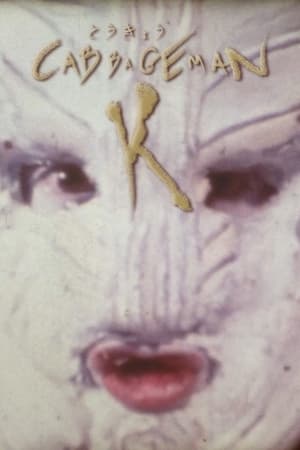 7.0
7.0Tokyo Cabbageman K(ja)
A young man wakes up one morning to find that his head has transformed into a large cabbage. He quickly becomes a source of bemusement, desire and hostility to all those around him.
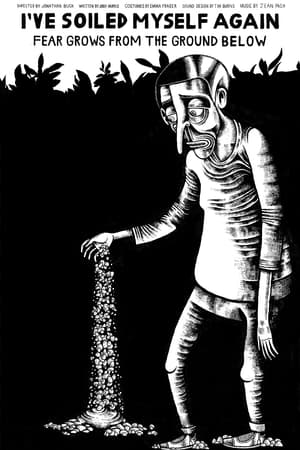 0.0
0.0I've Soiled Myself Again(en)
A man is confronted by parallel versions of himself as he contemplates his life choices.
 0.0
0.0DARKMAN(en)
Seeing himself as a form unable to experience intimacy, he is given the chance when brought to the household of twin sisters.
Environmental Training(pt)
The silent film is about a depressive lady of the last century who travels through time to a beach of current times, but ends up coming across a completely polluted environment.
Lolita Separates(sv)
In this short slice of transgressive punk cinema, a woman achieves accidental revenge on her boyfriend after he cruelly kills and eats the fish-stick that she had magically brought to life. Despite this tragic event, not all is lost for Lolita, as she soon meets an unexpected new friend.
 0.0
0.0Brutalist Couture(en)
Hieronymus Rivera (Jonathan Rosado), a strong force in the New York fashion underground, is offered the deal of a lifetime by Cecilia Meadows (Jessica Shepherd), a government official who is the head of a new secret program called DAFTCA. What begins as a simple agreement to design uniforms for the organization, soon finds Hieronymus in the center of a vast web of conspiracy.
 6.0
6.0Lost Boundaries(en)
Lost Boundaries is comprised of footage shot by Julien on location, in England in the summer of 1985, during the making of the Sankofa film and video collective's first experimental feature film The Passion of Remembrance (1986), which he co-directed with Maureen Blackwood, another member of the collective. In recapturing those moment Lost Boundaries both deconstructs and foregrounds the means of 16mm film production while weaving together a fragile community of Black artists and actors who came to prominence at a time when debates in film theory - such as those of the Screen film journal and of "third cinema" discourses where cinema was intertwined within (Brechtian) filmmaking practices - were at the forefront of forging a new politics of artistic representation. A Black avant-garde.
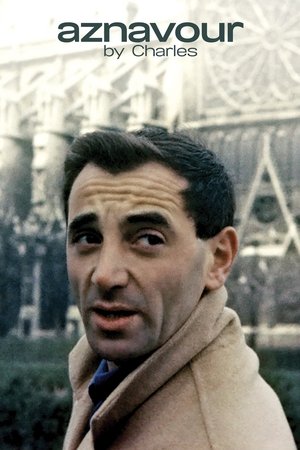 6.9
6.9Aznavour by Charles(fr)
In 1948, French singer Charles Aznavour (1924-2018) receives a Paillard Bolex, his first camera. Until 1982, he will shoot hours of footage, his filmed diary. Wherever he goes, he carries his camera with him. He films his life and lives as he films: places, moments, friends, loves, misfortunes.
 4.2
4.2Song 5(en)
SONG 5: A childbirth song (the Songs are a cycle of silent color 8mm films by the American experimental filmmaker Stan Brakhage produced from 1964 to 1969).
 0.0
0.0Lou Believers(en)
Thurston Moore, Kim Gordon, and Lou Reed roam the streets of Los Angeles searching for James Woods.
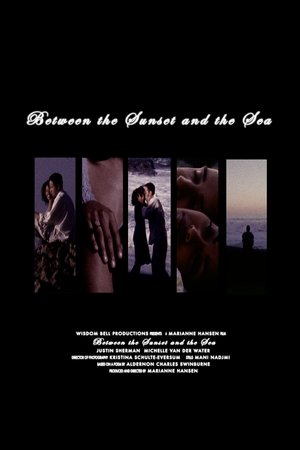 0.0
0.0Between the Sunset and the Sea(en)
On the beach at sunset a man waits for his one true love. When she arrives, a bittersweet romance ensues.
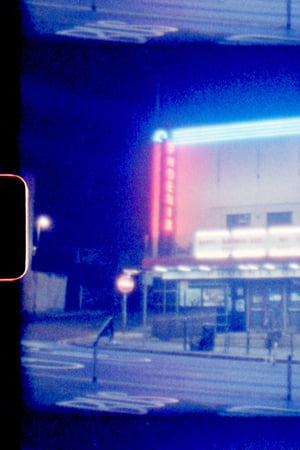 2.0
2.0Cinema Now(en)
A fragmented collection of independent closed cinemas, in London during lockdown, captured on Super 8mm film.
 7.3
7.3Maria by Callas(en)
Told through performances, TV interviews, home movies, family photographs, private letters and unpublished memoirs, the film reveals the essence of an extraordinary woman who rose from humble beginnings in New York City to become a glamorous international superstar and one of the greatest artists of all time.
 0.0
0.0Skip Liberty: Shooting in Vietnam(en)
Skip Liberty enlisted in the Army in 1968. During his tour in Vietnam he shot 3,100 feet of Super 8 film, over 3 hours worth. Upon returning to the states the film was placed in storage, Skip had never seen the footage he shot. Until now.
 6.8
6.8Super 8(en)
In 1979 Ohio, several youngsters are making a zombie movie with a Super-8 camera. In the midst of filming, the friends witness a horrifying train derailment and are lucky to escape with their lives. They soon discover that the catastrophe was no accident, as a series of unexplained events and disappearances soon follows. Deputy Jackson Lamb, the father of one of the kids, searches for the terrifying truth behind the crash.
 7.3
7.3Where Evil Dwells(en)
Loosely based on an infamous 1984 Long Island murder case involving Satan-worshiping, teenage drug freaks (Knights of the Black Circle), David Wojnarowicz and Tommy Turner’s Where Evil Dwells is a low-budget D.I.Y. movie that walks the jagged lines between splatter flick, experimental film and transgressive art. The original footage was destroyed in a fire and the only footage that survived is this 28 minute preview that was put together for the Downtown New York Film Festival in 1985.
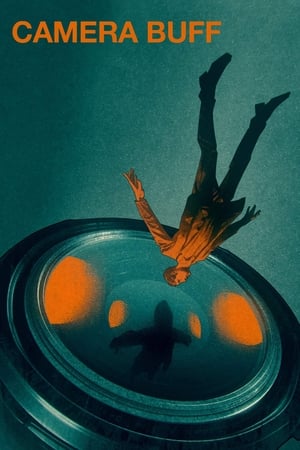 7.5
7.5Camera Buff(pl)
Filip buys an 8mm movie camera when his first child is born. Because it's the first camera in town, he's named official photographer by the local Party boss. His horizons widen when he is sent to regional film festivals with his first works but his focus on movie making also leads to domestic strife and philosophical dilemmas.
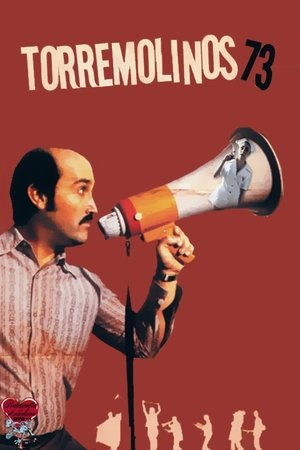 6.2
6.2Torremolinos 73(es)
Set in 1973 Spain, a struggling encyclopedia salesman and his wife take advantage of an offer to make adult films. The act turns him into an aspring legit filmmaker and her into an international sex symbol.
 7.2
7.2West Beirut(ar)
In 1975, the long slog of civil war has recently begun in Beirut. Two friends, Tarek and Omar, suffer during the Lebanese civil war. Conflicts arise when they decide to cross from West to East, crossing the Muslim-Christian line that divides Beirut.
